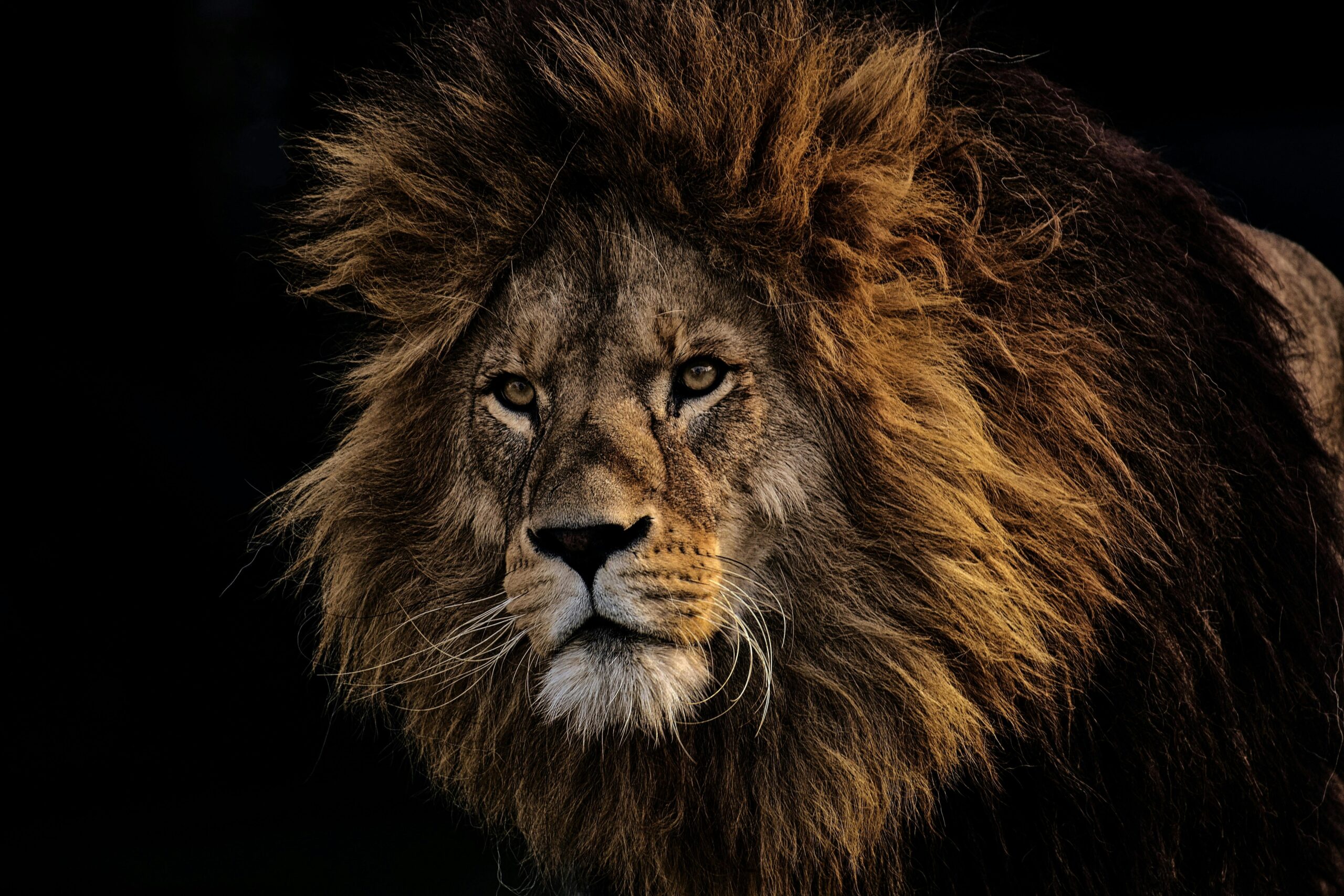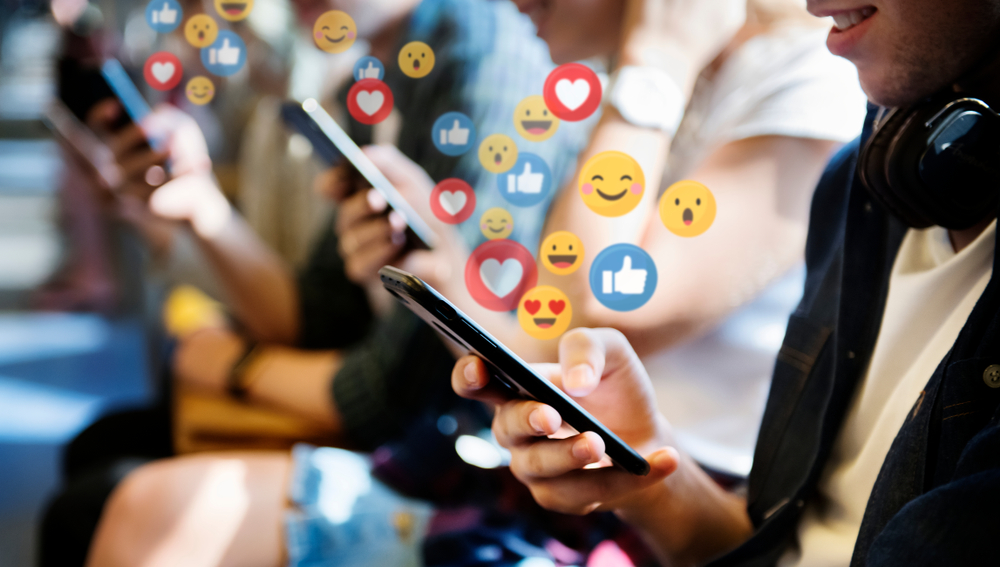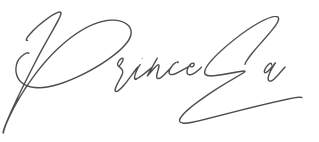A Lion at a China Zoo Went Viral for Having Bangs, the Zookeepers Denied Giving It a Haircut

What do you get when you cross a lion the symbol of strength, pride, and raw wilderness with a hairstyle that looks like it belongs in a middle school yearbook?
You get a viral sensation. You get millions of amused internet users. You get a king with bangs.
In a world where headlines race faster than facts, a single photo of a white lion with what looked like a bowl cut ignited a global reaction. People laughed, speculated, and pointed fingers at the zookeepers. Memes flooded the web. Some called it the “funniest thing they’d seen all week.” Others said it was proof that not even lions are safe from bad haircuts.
But what if this wasn’t the work of scissors at all? What if what we saw and how we reacted said more about us than it did about the lion?
This isn’t just a story about a funny-looking mane. It’s a story about perception, projection, and how even nature’s most majestic symbols can become unexpected mirrors of our own behavior. Let’s start with the moment the mane met the meme.
When Nature Styles a King Or Did It?
In late May, a lion named A Hang at Guangzhou Zoo became an overnight celebrity not for a mighty roar or majestic prowl, but for something far more unexpected: a pair of blunt, oddly straight bangs. Captured by a visitor and shared on Xiaohongshu, the photos quickly went viral across China and beyond, spreading to platforms like Weibo and X (formerly Twitter), where users couldn’t get enough of the lion’s peculiar hairstyle. To many, it looked less like the wild mane of the so-called King of the Jungle and more like the result of a barbershop experiment gone wrong.
Speculation ran rampant. Had the zookeepers styled A Hang’s mane for fun? Was this some new PR stunt? The precise, almost comical fringe sparked everything from memes comparing the lion to awkward school portraits to humorous theories about secret zoo stylists. One user quipped, “Even lions aren’t safe from bowl cuts in Asia.” Another joked, “He looks like I did when my mom dragged me to get an army cut.”
But the zoo was quick to respond with a firm and repeated denial.
Chinese zookeepers have denied giving a male lion 'straight bangs' after some rather funny looking photos of the hair do made the rounds online. 🦁 pic.twitter.com/9zekniXXcN
— Pubity (@pubity) June 1, 2022
“We wouldn’t dare cut the lion’s hair,” said a spokesperson for Guangzhou Zoo. “The hairstyle was purely nature’s magic.” Officials explained that the combination of extreme humidity temperatures had recently soared above 32°C (90°F) and the lion’s own grooming habits had naturally shaped the mane into its now-iconic form. According to caretakers, A Hang had been seen licking his paws and patting down his mane to tame the frizz, possibly contributing to the straight, flat shape. “There is no hairdressing program at the zoo,” they added. “You could say he designed it himself.”
As strange as it sounds, their explanation holds up under scrutiny. Lions, like many animals, groom themselves regularly, and changes in weather can drastically affect how fur behaves. Humidity can weigh hair down, clump it together, and even straighten curls ask anyone with wavy hair who’s visited the tropics.
Still, the visual was too compelling, too symmetrical, too human. Doubt lingered, and A Hang’s mane became more than just a hairstyle it became a spectacle. Visitors now flock to the zoo not just to see a rare white lion, but the lion with bangs. “He’s the most beautiful boy here now,” one caretaker proudly noted. “And more people are coming just to see him.”
The Power of Perception in a Viral World

We live in an age where a single image can eclipse the truth.
One look at A Hang’s “bangs,” and the internet did what it does best reacted instantly. Thousands assumed, speculated, and joked. Some were convinced a zookeeper had taken artistic liberties with the lion’s mane. Others playfully mourned the loss of his regal look. But very few paused to ask: What if there’s more to the story?
This is the power and danger of perception in the viral age. When a photo is funny or bizarre enough, it doesn’t just go viral; it becomes reality for millions, regardless of facts. A single snapshot becomes the whole story. We scroll, we laugh, we share. And just like that, the line between what’s real and what’s assumed blurs.
Think about it: we saw a lion with bangs and immediately projected human experience onto him bad haircut days, childhood memories, salon disasters. It felt familiar, so we believed it. But the truth, as the zoo explained, was far less dramatic and far more organic. It wasn’t clippers and stylists it was weather, grooming, and biology. But reality doesn’t go viral the way humor does.
The Science Behind the Mane
Zookeepers in China gave this lion a haircut pic.twitter.com/Gi5sapvixJ
— Science girl (@gunsnrosesgirl3) February 25, 2025
Behind every viral image is a reality grounded in biology and A Hang’s peculiar hairstyle is no exception. While the internet joked about barbershop mishaps, the truth lies in a fascinating mix of climate, genetics, and natural behavior.
Let’s start with the basics. A Hang is not your average lion he’s a white lion, a rare genetic variant of the African lion distinguished by its pale, creamy fur. This coloration is caused by a genetic condition called leucism, a recessive trait that reduces pigmentation but is less severe than albinism. Unlike albinos, white lions still have normal eye and skin pigmentation. Though they were declared extinct in the wild by 1992, conservation efforts especially by the Global White Lion Protection Trust have successfully reintroduced them into their natural habitats.
Now, let’s talk manes. A lion’s mane isn’t just for show it’s a vital part of its identity and biology. Manes can reflect age, health, testosterone levels, and even social status. Typically, a lion’s mane grows darker and fuller with maturity and can vary widely in length and texture depending on genetics and environment. It’s a biological billboard that communicates strength, virility, and dominance in the wild.

But manes, like human hair, are not immune to change. Heat and humidity both of which are frequent in subtropical Guangzhou can drastically affect hair texture. Moisture in the air causes hair (or fur) to absorb water, lose volume, and hang straighter and flatter. For a lion with thick, fine hair like A Hang, this can lead to an unusually sleek or flattened appearance, especially if he’s been grooming himself.
And groom he did. According to zoo staff, A Hang was frequently seen licking his paws and patting his mane down natural behavior that, when combined with humid air, likely contributed to the “bangs” effect. While the precision of the style looks uncanny, the underlying cause is surprisingly mundane. Nature, once again, proves it doesn’t need Photoshop or clippers to pull off something unexpected.
Even more interesting is how a lion’s mane can change over time. It may lighten or darken, thicken or thin out, depending on age, health, diet, and seasonal shifts. So while A Hang’s mane may look dramatically different today, it’s not necessarily permanent it’s part of a living, breathing organism adapting to its surroundings.
Humor, Humanity, and the Need to Anthropomorphize

Why did the world find A Hang’s “bangs” so hilarious? Why did millions instantly relate to a lion looking like he just walked out of a failed salon appointment?
Because beneath the laughter lies something deeply human: the urge to see ourselves in everything even a lion.
Anthropomorphism, or the tendency to attribute human traits and emotions to animals, is hardwired into how we make sense of the world. It’s why we think our pets “feel guilty” after making a mess, or why a lion with a bad hair day becomes a global meme. We project our own experiences, insecurities, and humor onto animals, turning them into reflections of ourselves. When A Hang’s mane fell into a comically straight fringe, it triggered not just amusement, but recognition. We saw us in school photos, in awkward teenage phases, in every moment we felt not-quite-right in our own skin.
The online reactions weren’t just funny they were telling. One user wrote, “He looks like I did when my mom forced me to get the army cut.” Another said, “He’s lucky his wife didn’t attack him when she saw it.” These comments echo a shared human experience: embarrassment, vulnerability, the fear of being seen as ridiculous. That’s the irony this lion, a symbol of power and majesty, suddenly felt relatable because he looked just a little bit… off.

But why does this matter?
Because it speaks to how we connect. Humor, especially when it’s universal, can be a bridge. It turns a moment of strangeness into something endearing. It allows people across cultures, languages, and continents to laugh together. In a time when digital space often divides, A Hang’s bangs united us not in outrage or opinion, but in lighthearted empathy.
Yet it also reveals a pattern. We often reduce complex beings whether animals or people to a single trait or image. A haircut. A headline. A moment frozen in time. We laugh, we label, we move on. But real beings, whether they walk on two legs or four paws, are more than just a meme.
So yes, A Hang made us laugh. But maybe the real takeaway isn’t just that lions with bangs are funny it’s that we are constantly looking for pieces of ourselves in everything around us. And in doing so, we sometimes forget to appreciate the otherness, the wildness, the mystery of life that doesn’t mirror our own.
Sometimes, the best thing we can do is smile, enjoy the joke and still respect the lion.
Not Just a Meme, But a Mirror
It started as a laugh. A lion with bangs. A viral photo. A flurry of jokes and finger-pointing. But somewhere between the memes and media frenzy, something deeper stirred something worth paying attention to.
A Hang didn’t ask to go viral. He didn’t choose the weather, or his genes, or the way the world would see his mane. And yet, in just one image, he became a symbol not of ridicule, but of the way we consume appearances, draw conclusions, and project meaning onto everything we see.
We assumed a haircut. We laughed at the absurdity. But the real absurdity might be how quickly we turned a moment of natural biology into a punchline and a controversy. We looked at a lion and saw a human. We saw bangs and forgot about nature. We followed the humor and almost missed the humility.
Because at its heart, this isn’t a story about a lion’s hair. It’s a story about us our impulse to react before we reflect, to anthropomorphize before we understand, to share before we see the whole picture.
A Hang reminded us that appearances can lie. That nature doesn’t always fit our narratives. That even kings of the jungle can have off days or just unpredictable manes.
So next time something unexpected crosses your screen whether it’s a lion with a bowl cut, a person with a strange expression, or a story that seems too weird to be true pause. Look closer. Ask the second question. Don’t just laugh… listen.
Because beneath every viral moment, there might just be a truth worth knowing and a lion reminding us to see more than meets the eye.
Loading...

